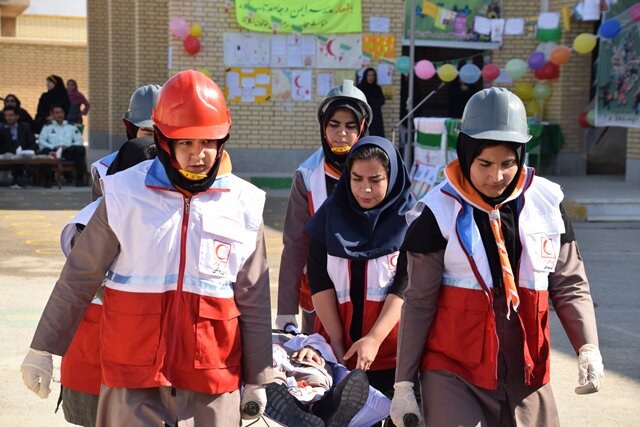IRCS holding online courses for earthquake preparedness

TEHRAN – The Red Crescent Society (IRCS), in collaboration with the Medical Council, is holding an online training course on how to be prepared for an earthquake.
Iran is considered as one of the earthquake-prone areas in the world and the principles of earthquake preparedness is a necessity that everyone needs to know.
In the earthquake preparedness training course, they will get acquainted with important points, so that they can be prepared before an earthquake occurs, and save their lives and the lives of their loved ones with appropriate behavior.
Participants will receive a certificate.
The Iranian plateau is located in a very seismically active region of the world and is known not only for its major catastrophic earthquakes but also for the disasters relating to natural hazards, especially earthquakes.
About 2 percent of the earthquakes of the world occur in Iran but more than 6 percent of the victims of the world earthquakes during the 20th century are reported from Iranian earthquakes. This shows the high level of vulnerability in Iran, according to Mehdi Zare, a professor of engineering seismology.
International Day for Disaster Reduction
The International Day for Disaster Risk Reduction was started in 1989, after a call by the United Nations General Assembly for a day to promote a global culture of risk-awareness and disaster reduction.
Held every 13 October, the day celebrates how people and communities around the world are reducing their exposure to disasters and raising awareness about the importance of reining in the risks that they face.
This year’s International Day for Disaster Risk Reduction is all about governance. You can measure good disaster risk governance in lives saved, reduced numbers of disaster-affected people, and reduced economic losses. COVID-19 and the climate emergency are telling us that we need a clear vision, plans, and competent, empowered institutions acting on scientific evidence for the public good.
We need to see strategies that address not just single hazards like floods and storms, but those that respond to the systemic risk generated by zoonotic diseases, climate shocks, and environmental breakdown.
Good national and local strategies for disaster risk reduction must be multi-sectoral, linking policies in areas such as land use, building codes, public health, education, agriculture, environmental protection, energy, water resources, poverty reduction, and climate change adaptation.
FB/MG
